This year, Albuquerque Academy held its 38th annual 8th grade dig. Hosted by Ms. Lydon, Mr. Pressley, Ms. Suliman, and Dr. Field on October 11th. Most 8th grade history classes went out to the campus mesa to uncover “artifacts” made by their peers based on cultural universals from different civilizations – things like clothing, recreation, religion, transportation, and more. The Dig teaches students about proper archaeological techniques and simulates a real excavation. The Dig was founded by Ms. Lydon in 1985 and has been done every year except for 2020.
In the beginning of September students are given their civilization and cultural universal. They must research it in order to get an idea of what their artifact will be. After they decide on that, they can begin construction. They must keep their artifact and civilization a secret from other classes, or else it ruins the dig. The whole point is to keep it a secret so the other class can guess what civilization they dug up. Students work tirelessly to make their artifacts – only to break them and bury them in the ground. Don’t worry though, their classmates dig them up and piece them back together safely. As the dig approaches students elect a crew chief, a student from their class who leads their group in the dig. Crew chief responsibilities include making a job rotation schedule and keeping materials and team members organized.
The morning of the dig is an exciting experience for some since they might find the whole process fascinating. There are some students that just wish they were on fall break and think of the dig as an unfortunate experience. Bright and early, students are led by their teacher to the site in which they will dig (one different from the one their class buried their artifacts in). There are many jobs to be done, including digger, recorder, measurer, bucketeer, and sifter. Diggers use realistic archaeology techniques with garden spades and paint brushes. When inside the pit, students must use their spades and carefully scrape the top layer of soil off the ground and into a bucket. Once an artifact is found, students use a paint brush to dust off any dirt while recorders and measurers work together to write details about the artifact on a record sheet. Dirt is put into buckets taken by the bucketeers and put into sifters in case an artifact is missed. Students go back to work, digging up artifacts and recording findings after lunch. Once finished, students remove the black garbage bags that lined the bottom of the pit and fill the pit back up with dirt.
The dig simulates an actual archeological dig and that is why our 8th grade history teachers love to do it every year. As people who just had the dig, we want to offer a few pieces of advice for students next year. First of all, bring a change of clothes. A lot of students find it useful to bring an extra pair of clothes to change into after the dig, since you will likely get very dirty! Another piece of advice is to wear light-colored clothing. (Don’t wear all black like I did). It is very hot on the mesa, and you will want something that doesn’t absorb heat. Bring as many materials as you can from the list, and have fun!
But how does everyone feel about the dig? Sandy Chen ‘28, a student of Mr. Presley said, “In my opinion, the dig wasn’t great because it made me realize I never want to be an archaeologist.” She was one of the kids who didn’t really like doing the dig. Ashley King ‘28 gave insightful feedback saying, “My attendance at the archaeological excavation event, led by Dr. Field at the library, has provided me with a unique perspective on the field of archaeology. The expert guidance of an actual archeologist allowed for a deeper understanding of the subject matter. We were able to observe and handle genuine artifacts, which made the experience even more immersive and memorable. Overall, this class was a great opportunity to explore the fascinating world of archaeology and learn firsthand about the methods and tools used in this field.” Ms. Lydon, the founder of the dig, said, “[The dig] brings the class together, you can work individually but also as a group and they make connections.” She also states, “[In archaeology] now students understand why we don’t have all the answers to other civilizations… it’s extremely creative and hands on.” We agree! She is very passionate about the dig and says, “If it wasn’t a huge success, if 8th graders really didn’t like it, it wouldn’t have lasted 38 years.” Everyone has different opinions, but overall, the dig is a very educational, hands-on learning experience – a great part of our first semester in history class.


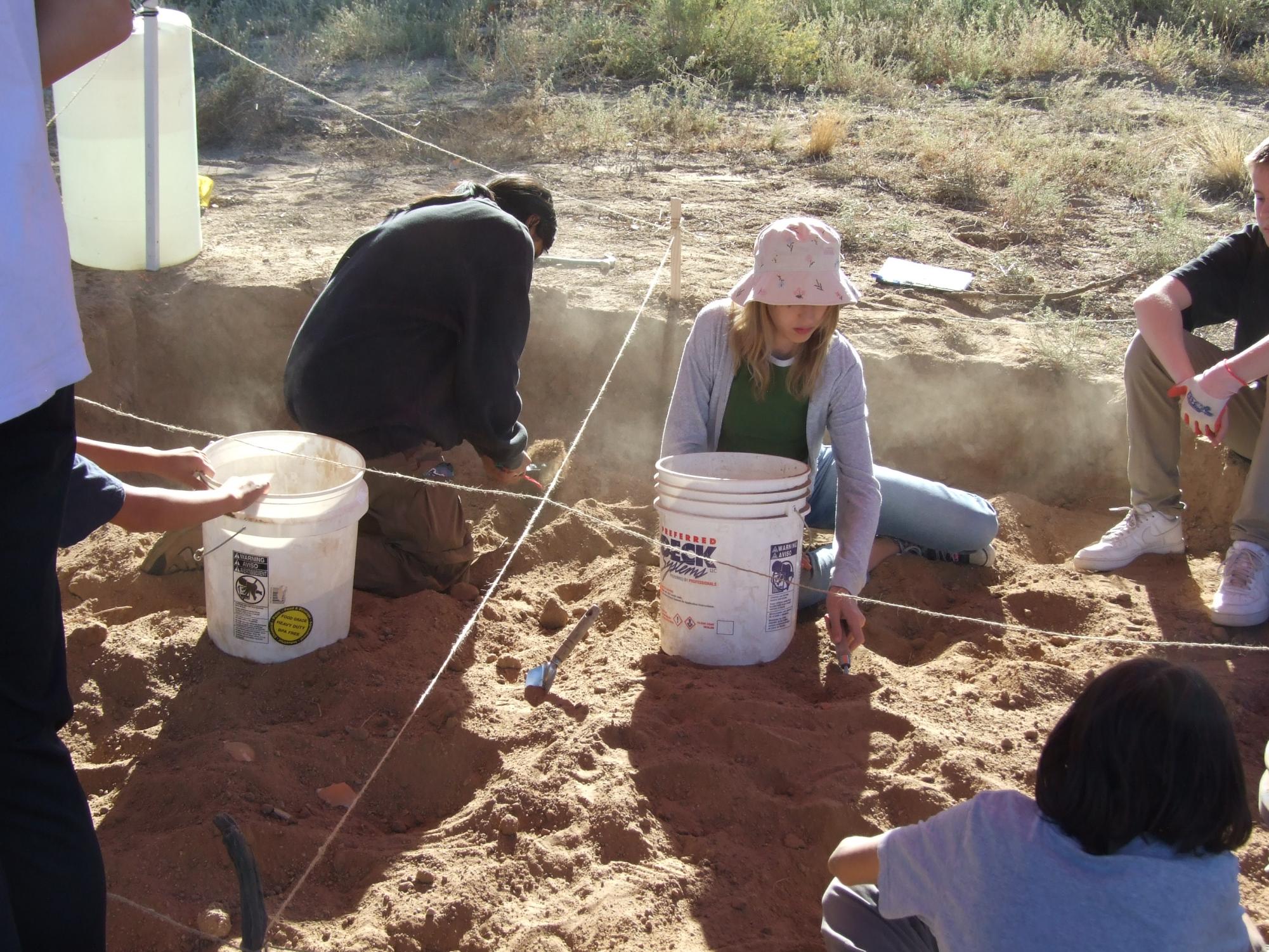
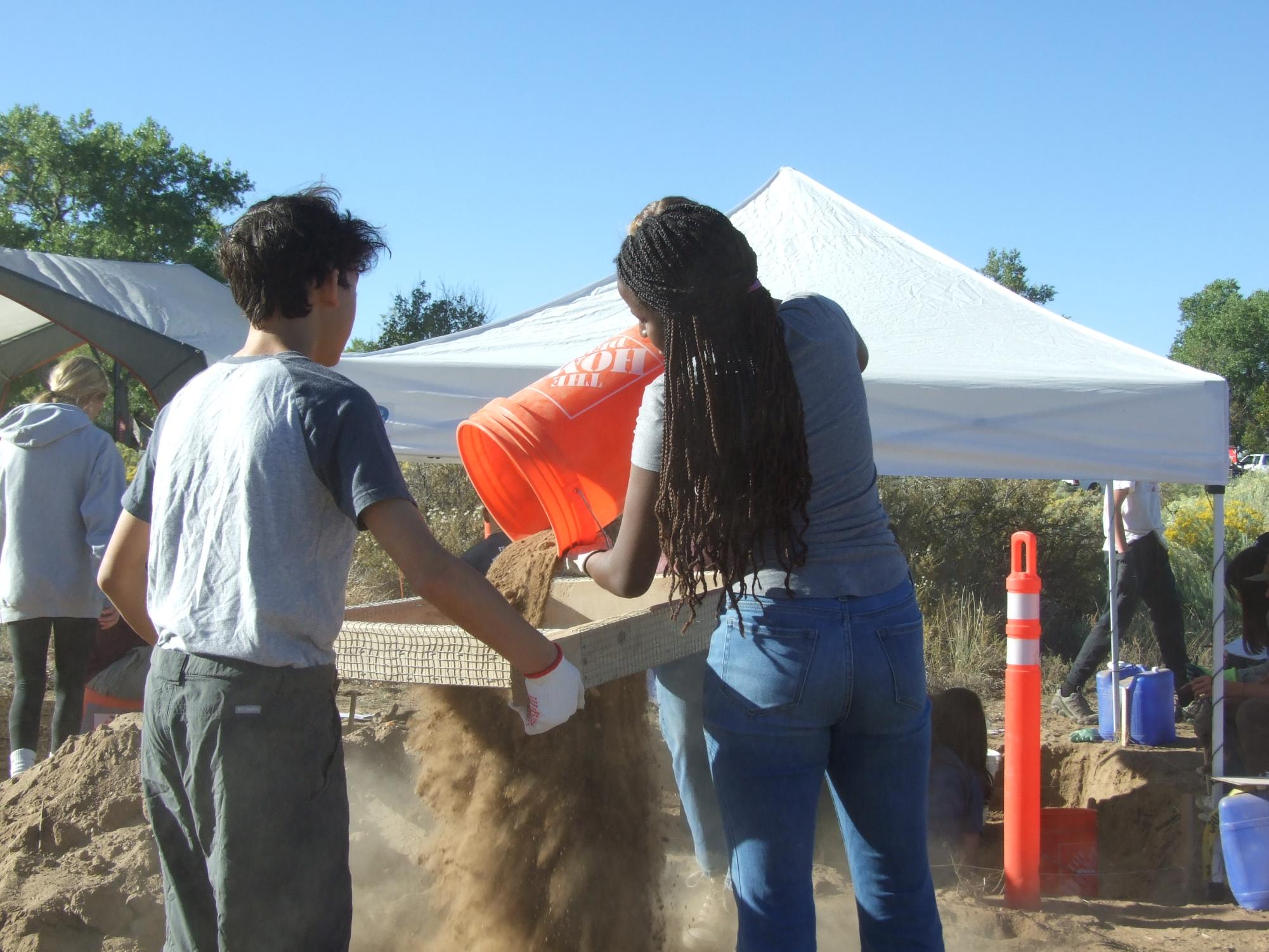
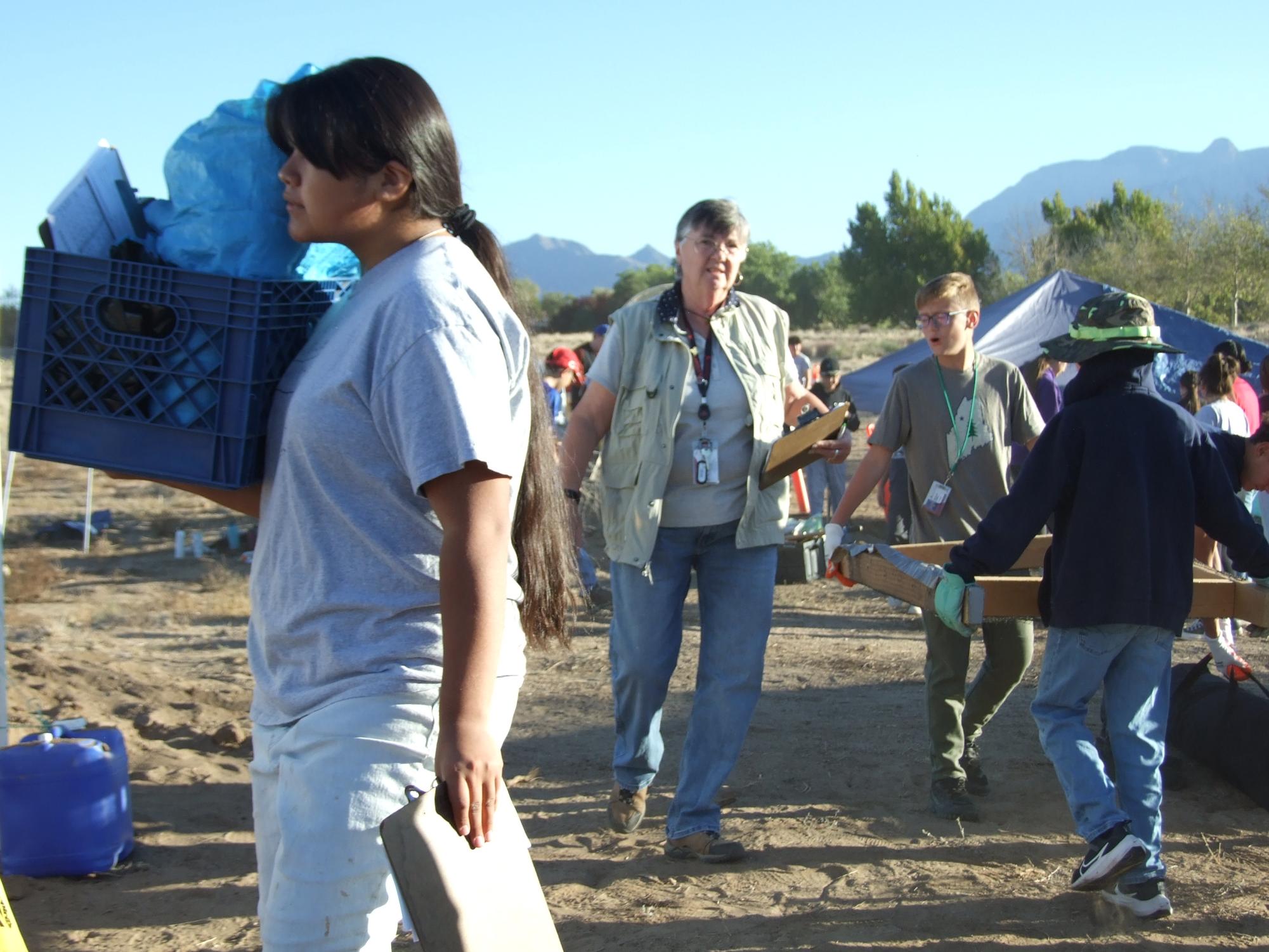
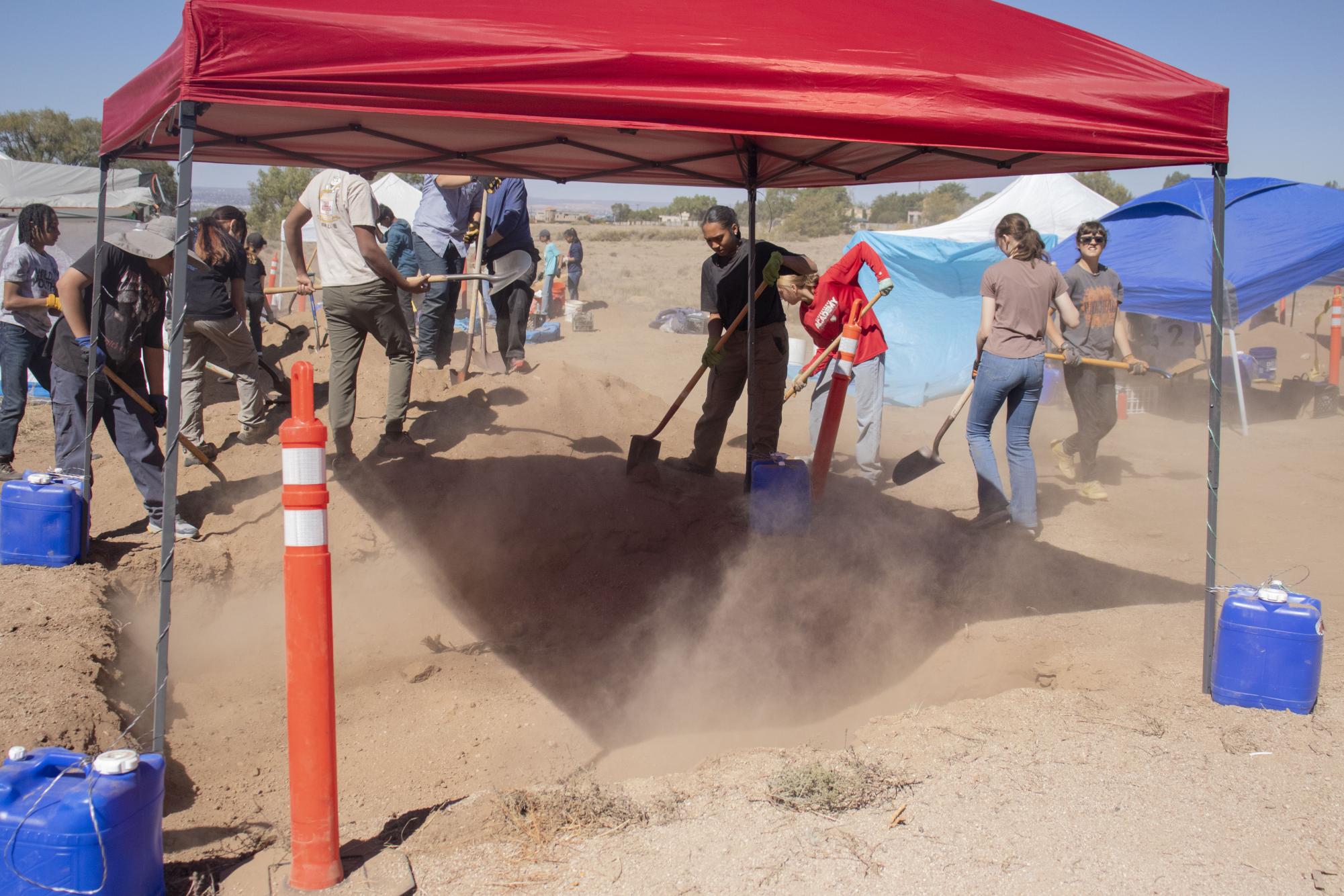
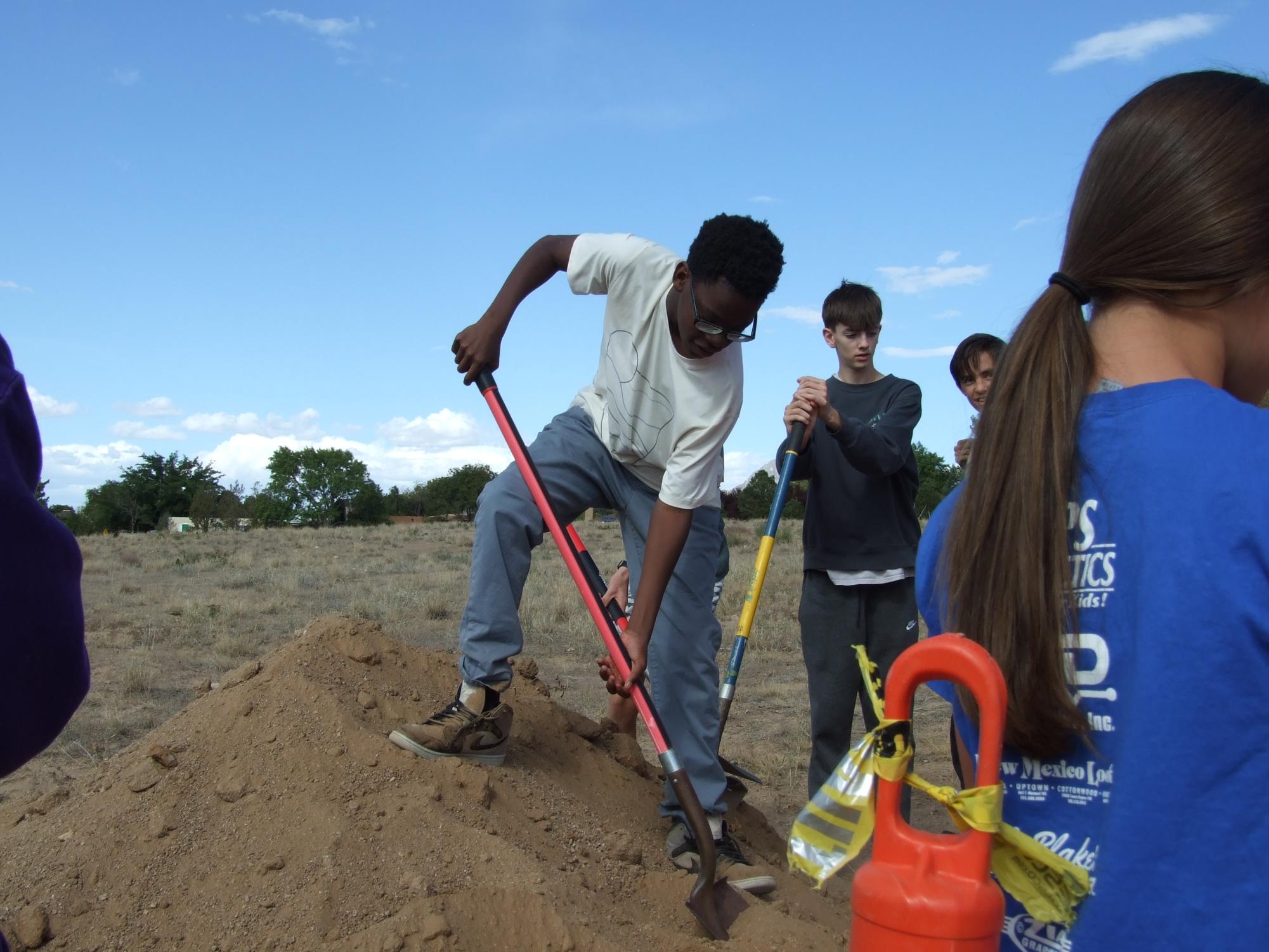
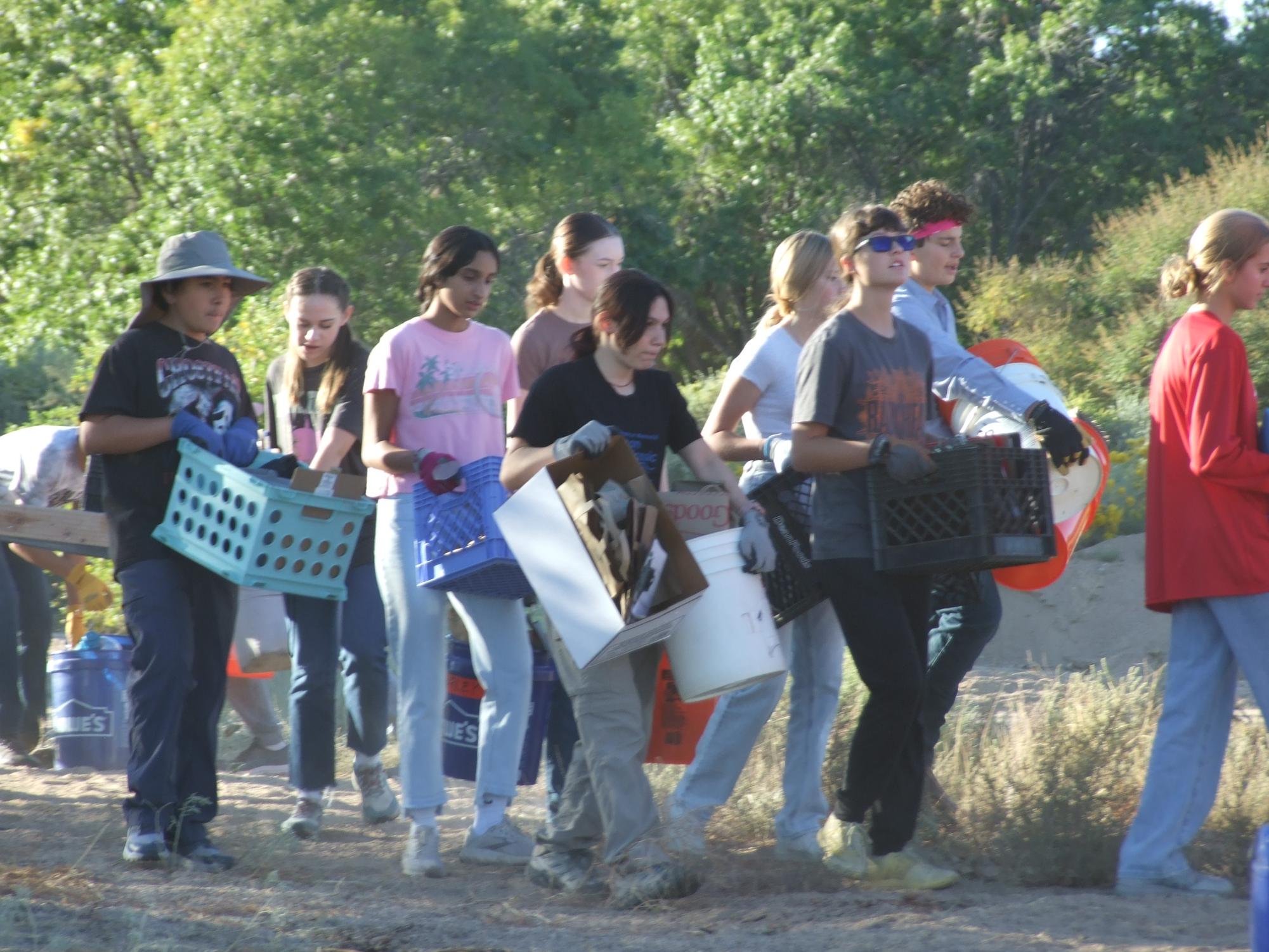
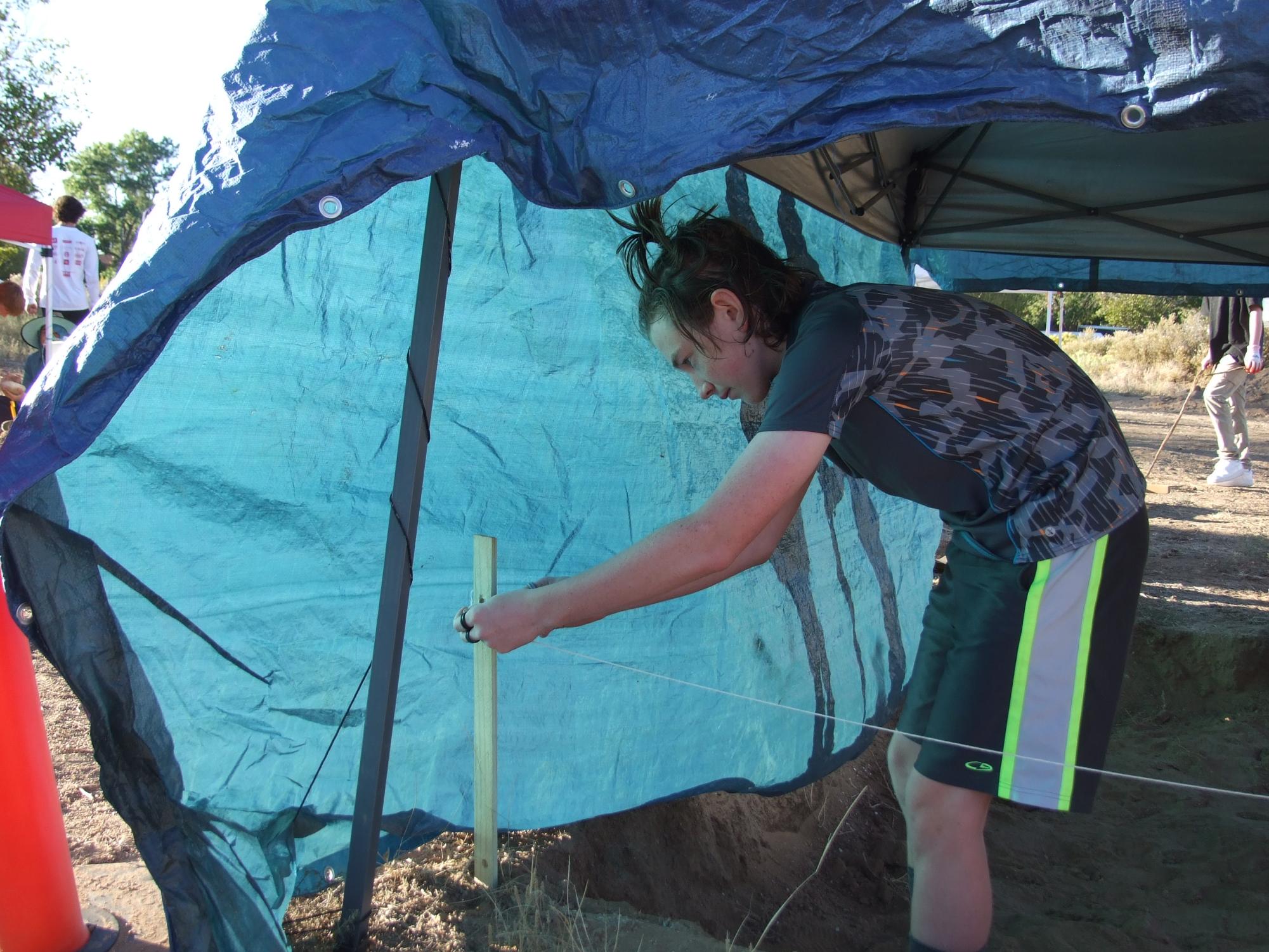

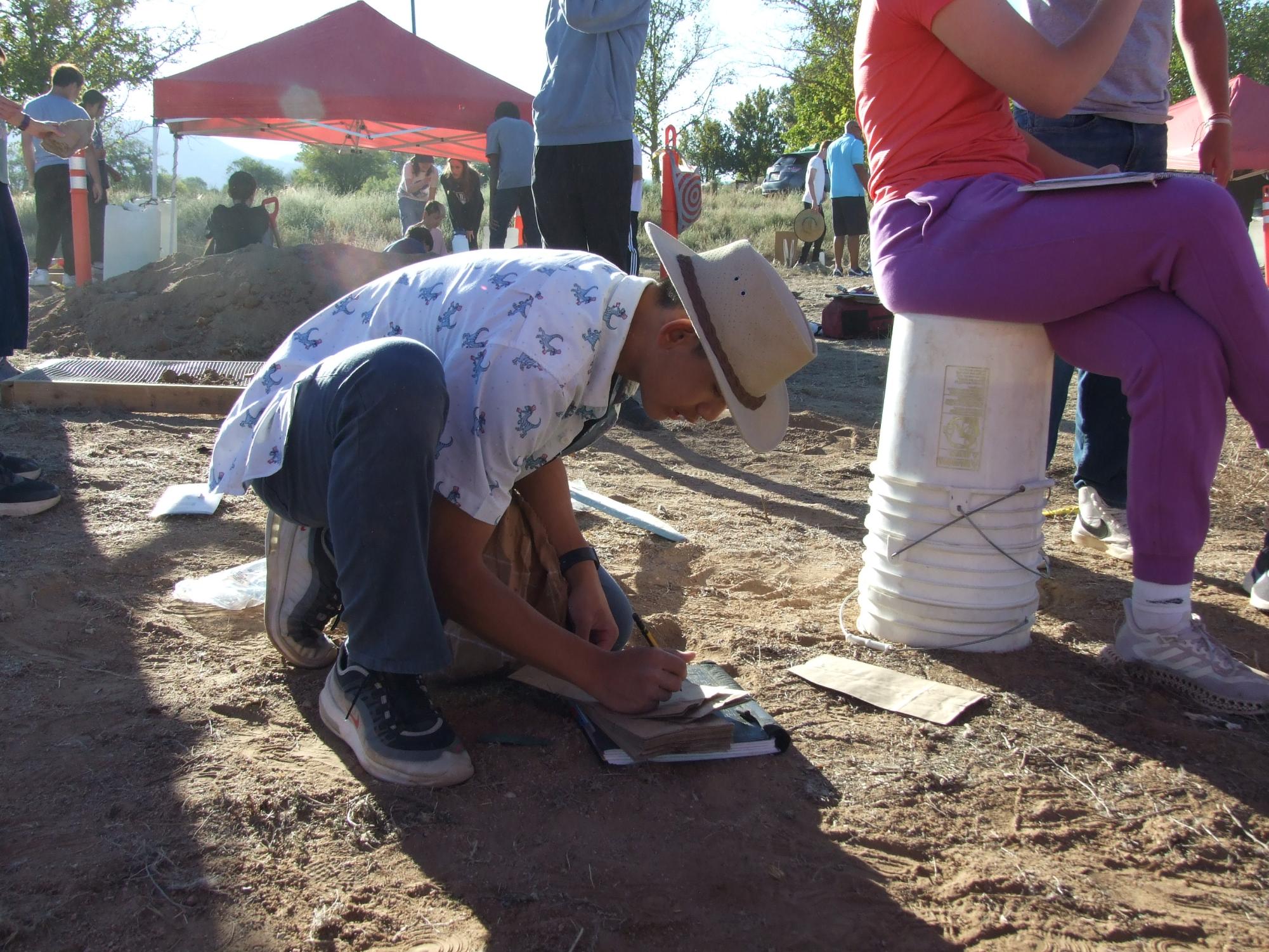

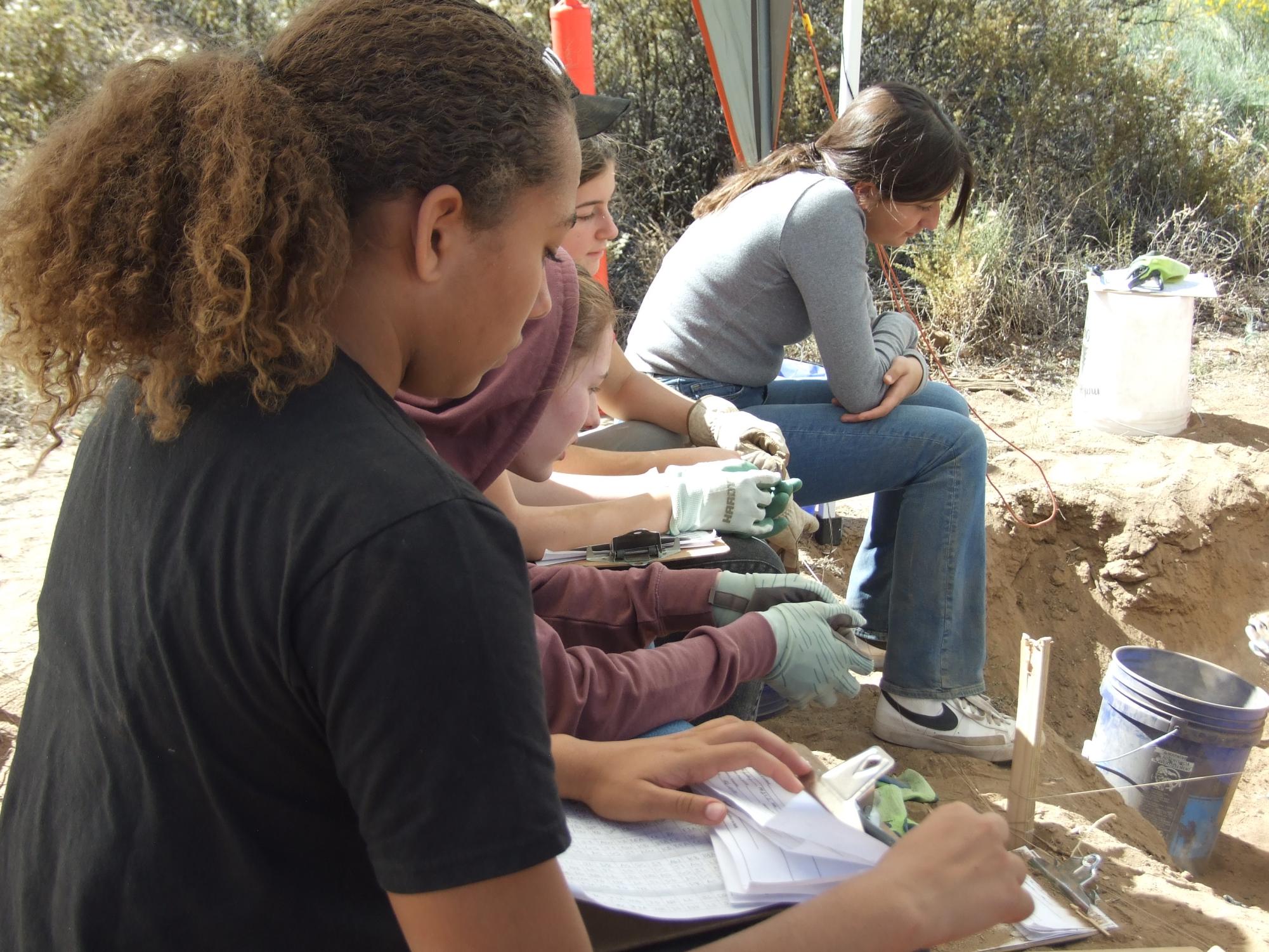
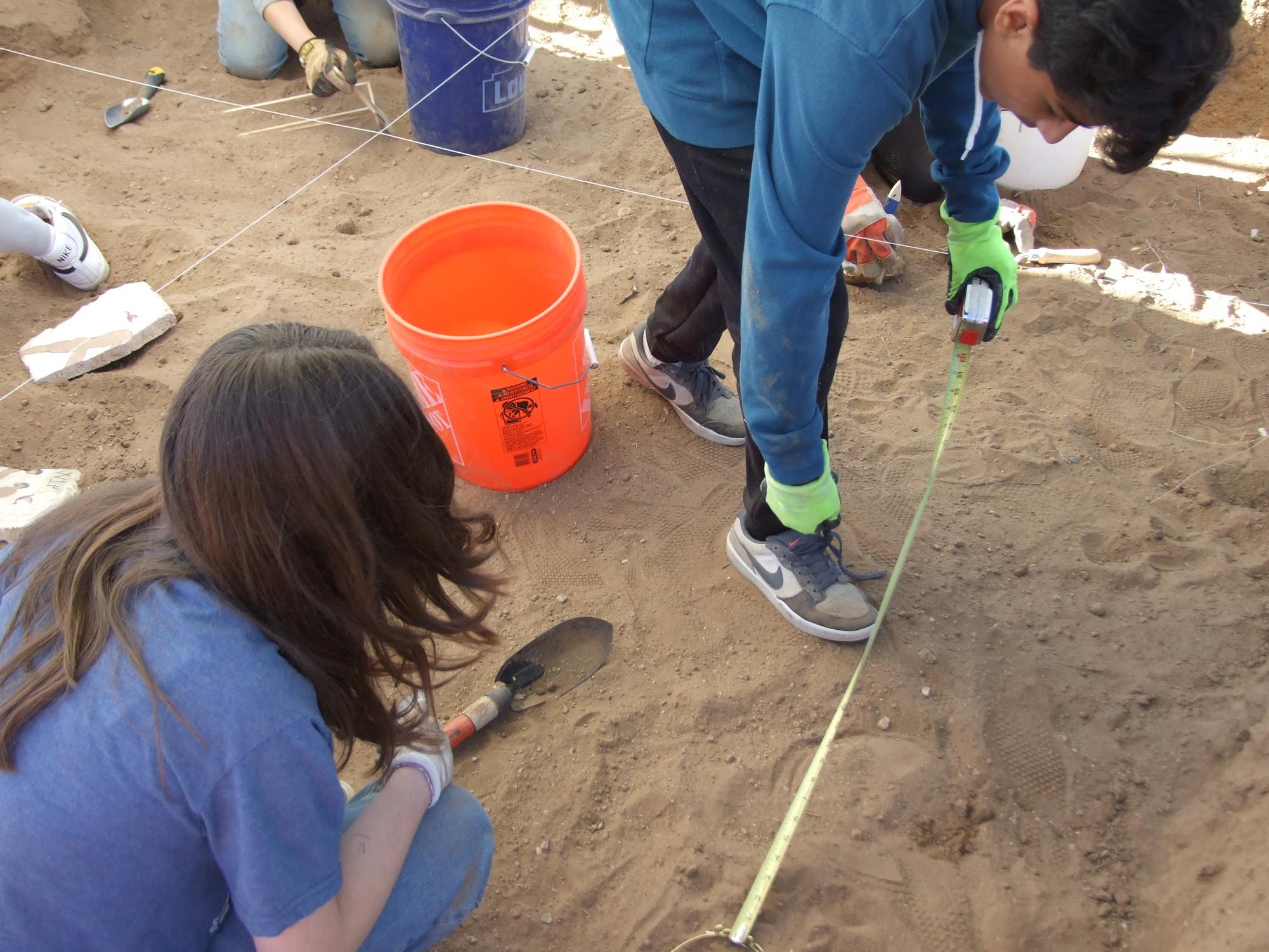
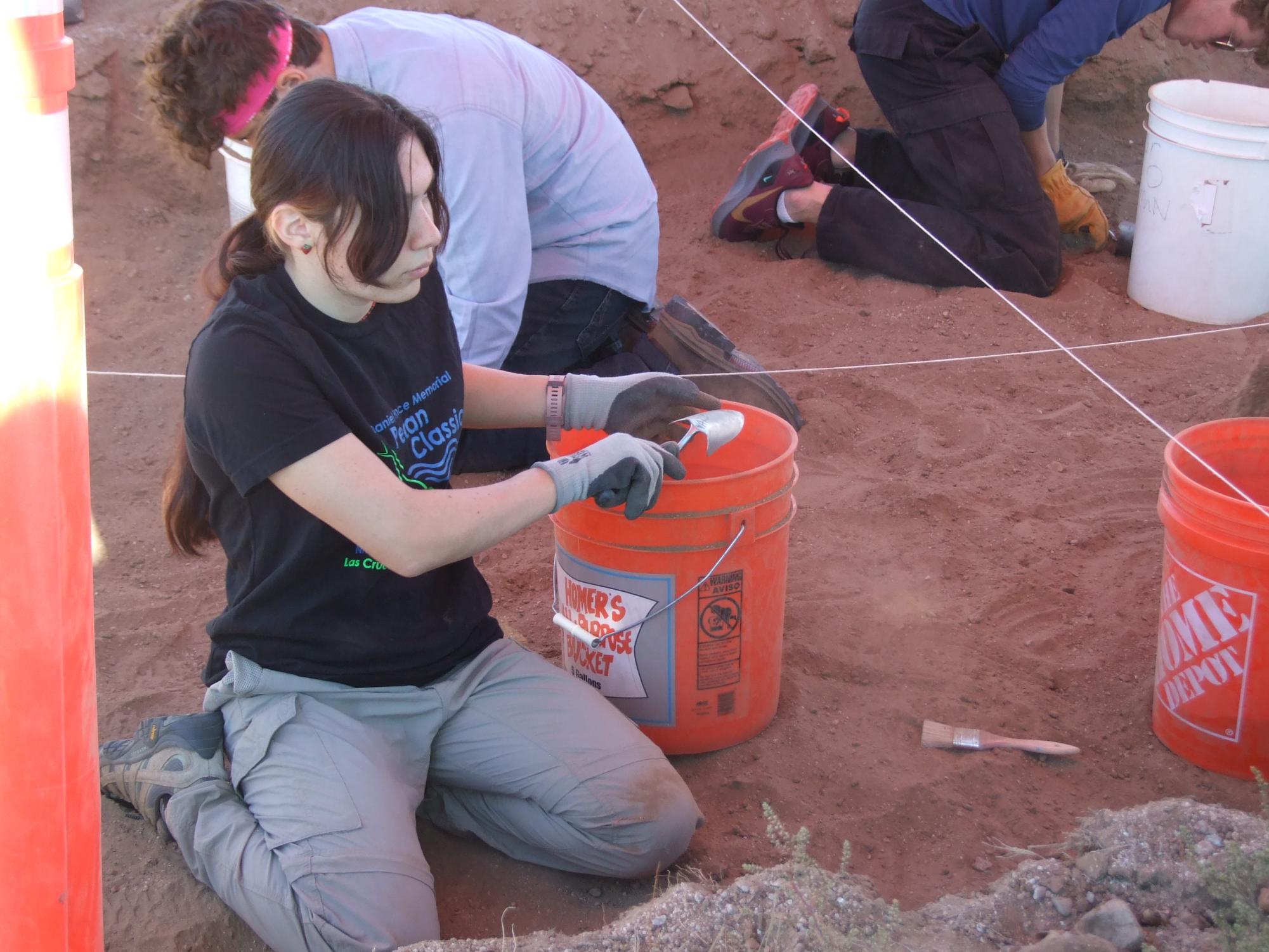
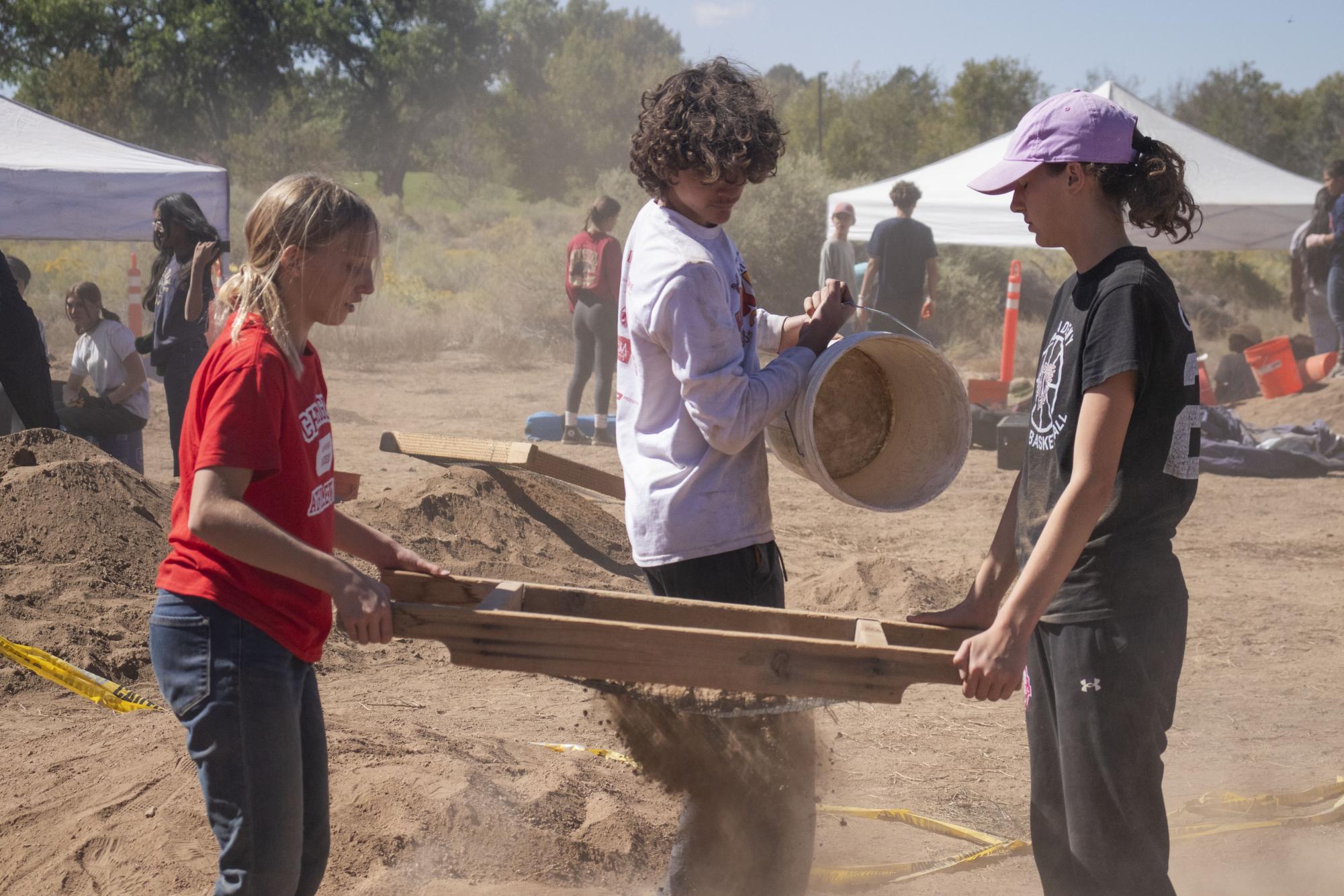
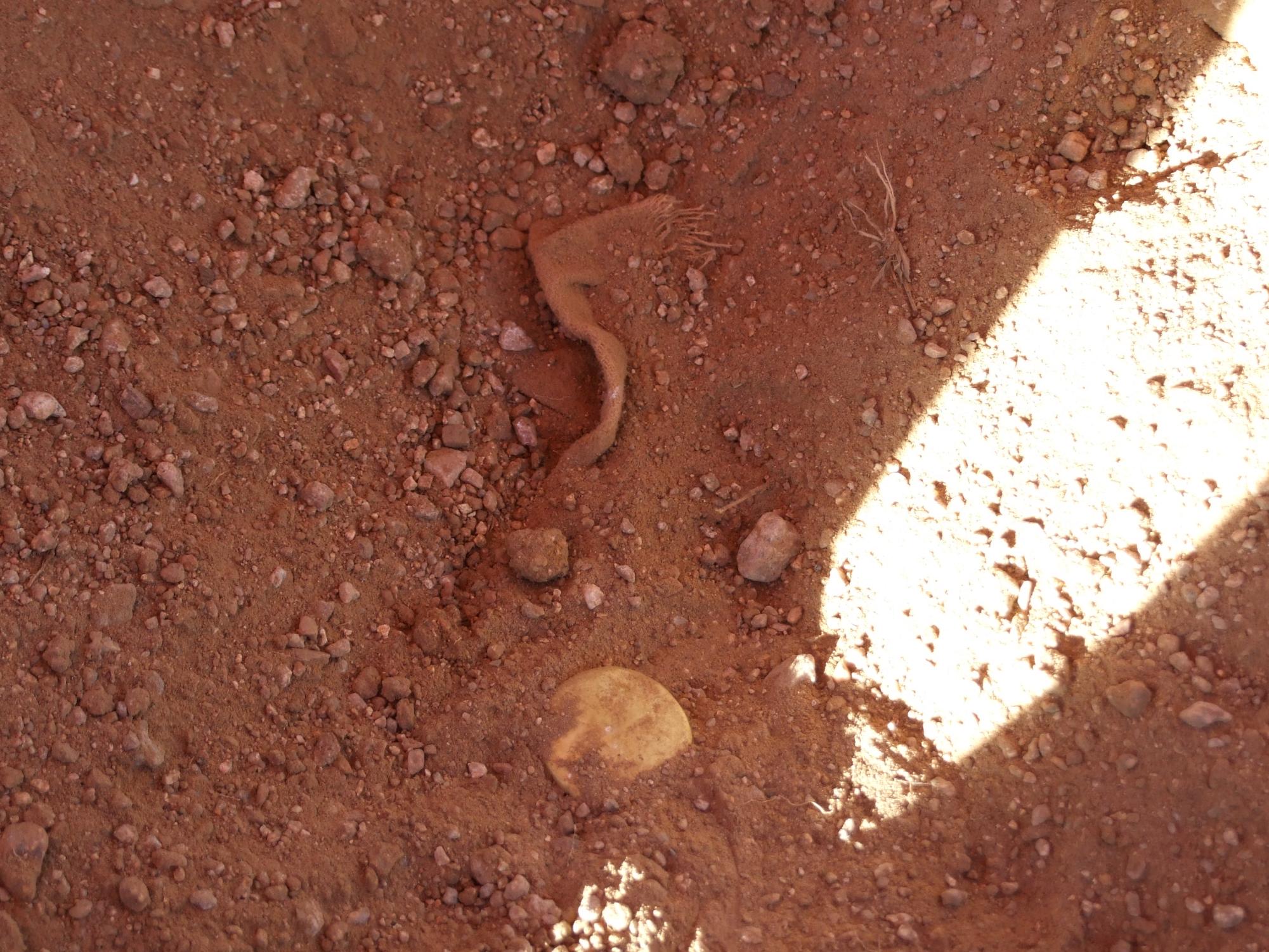
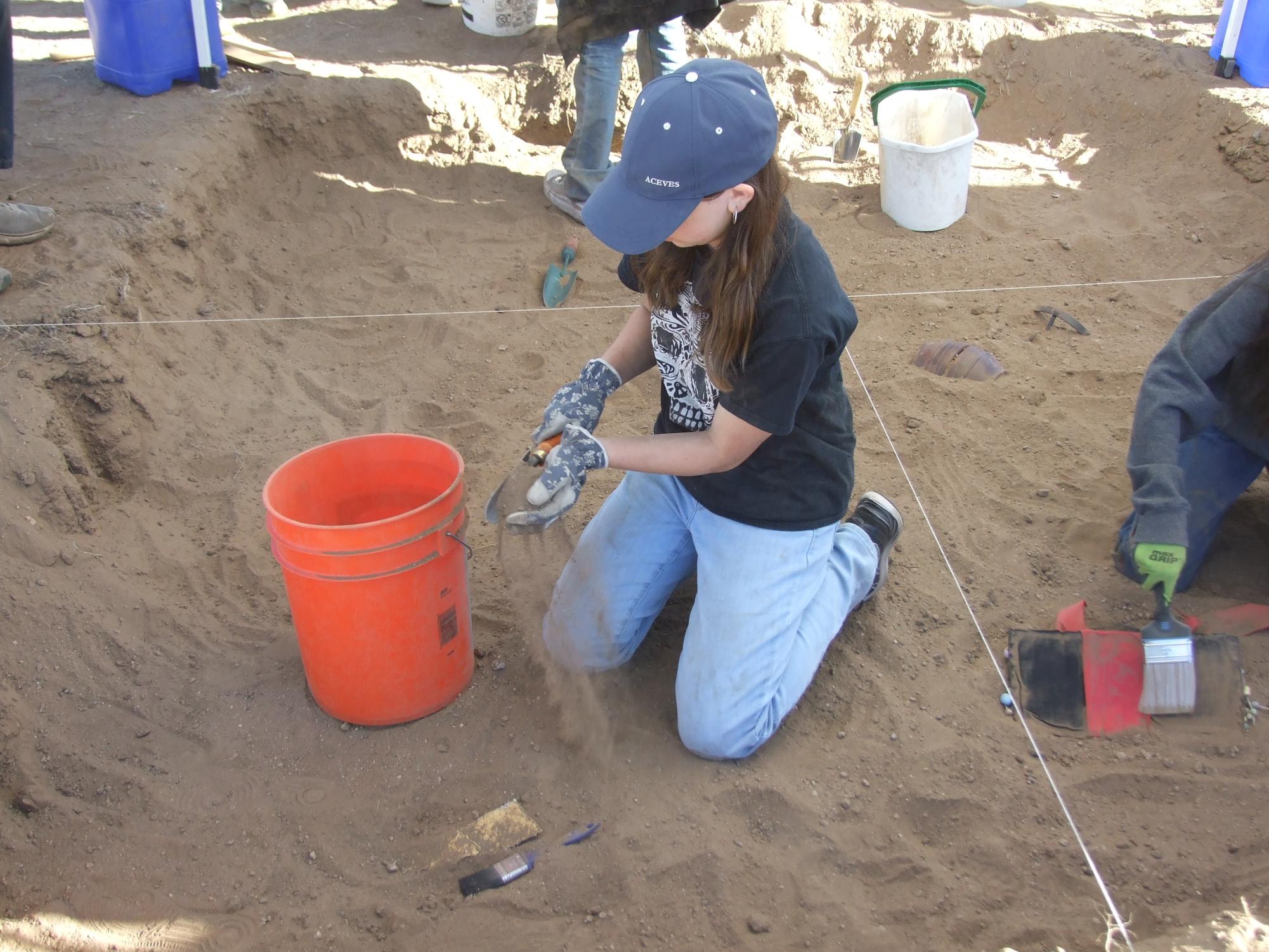
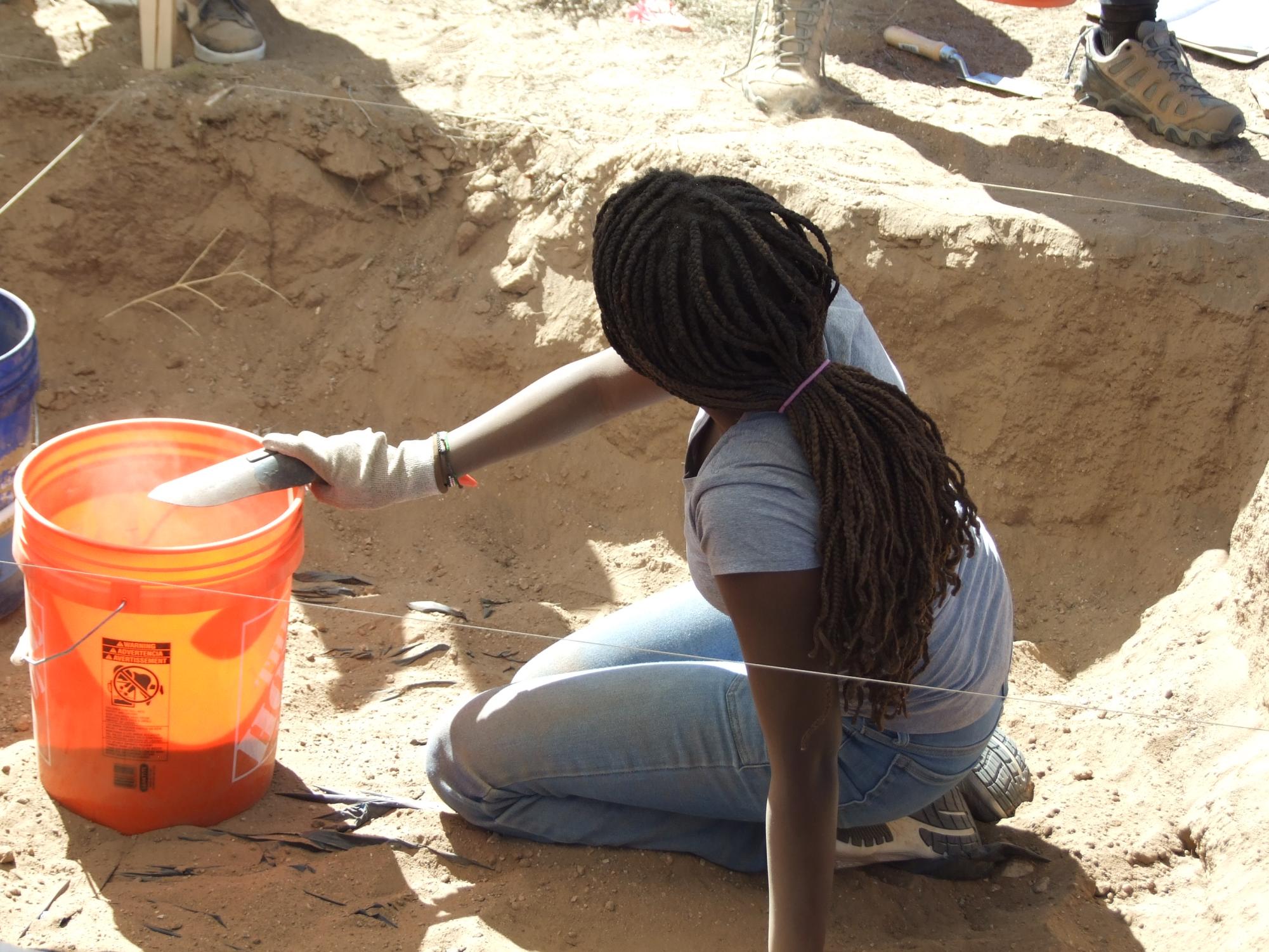
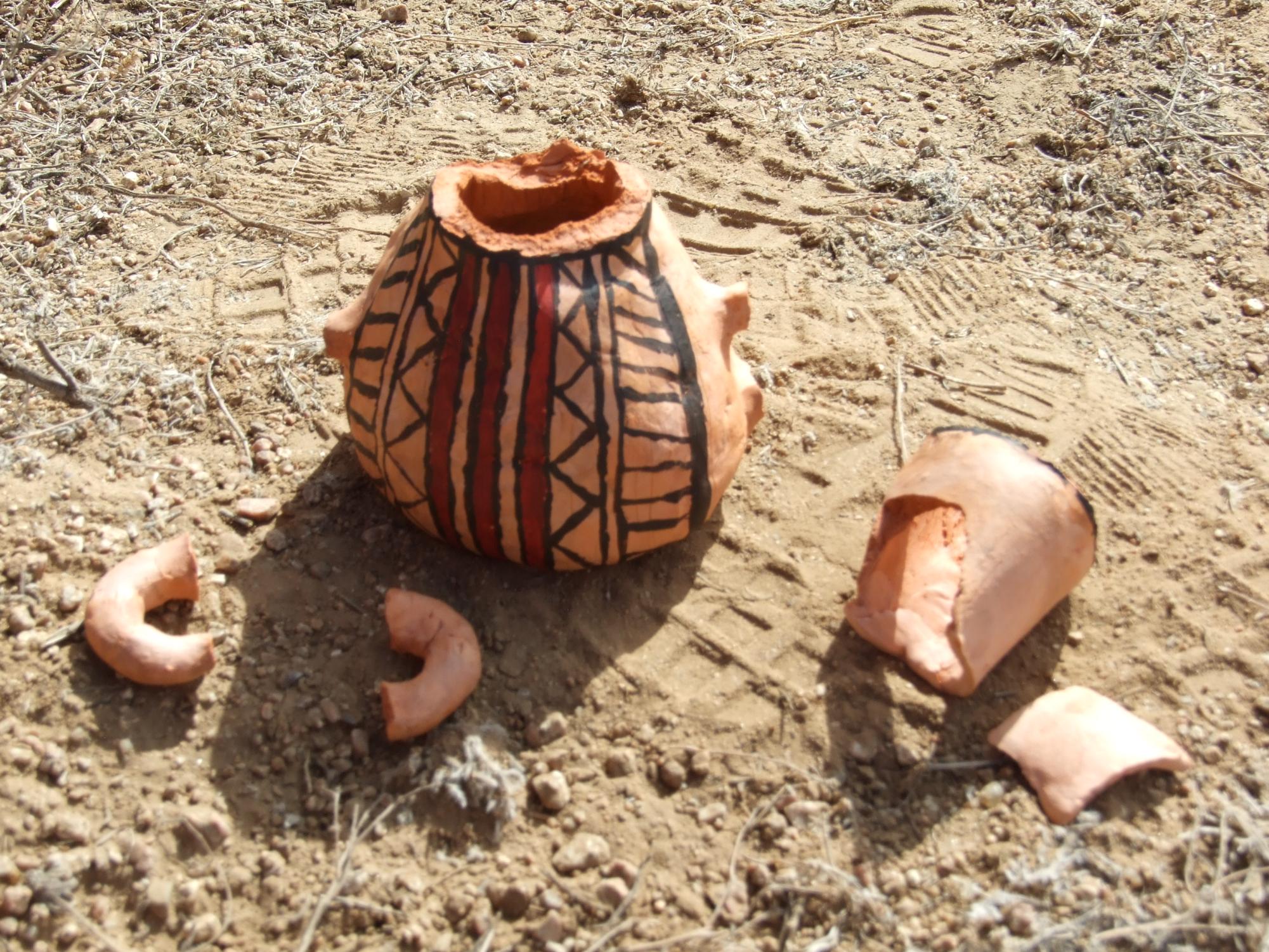
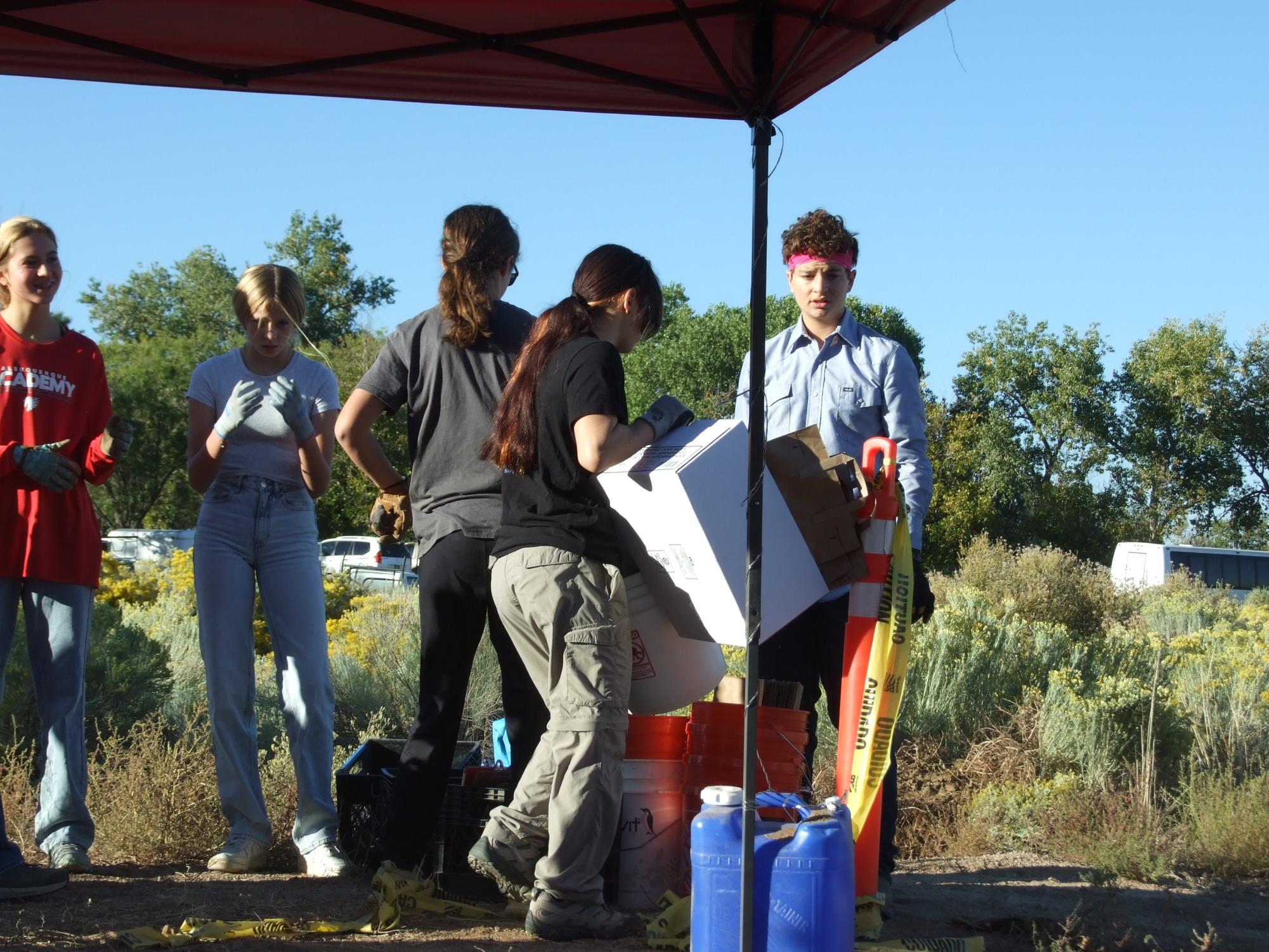
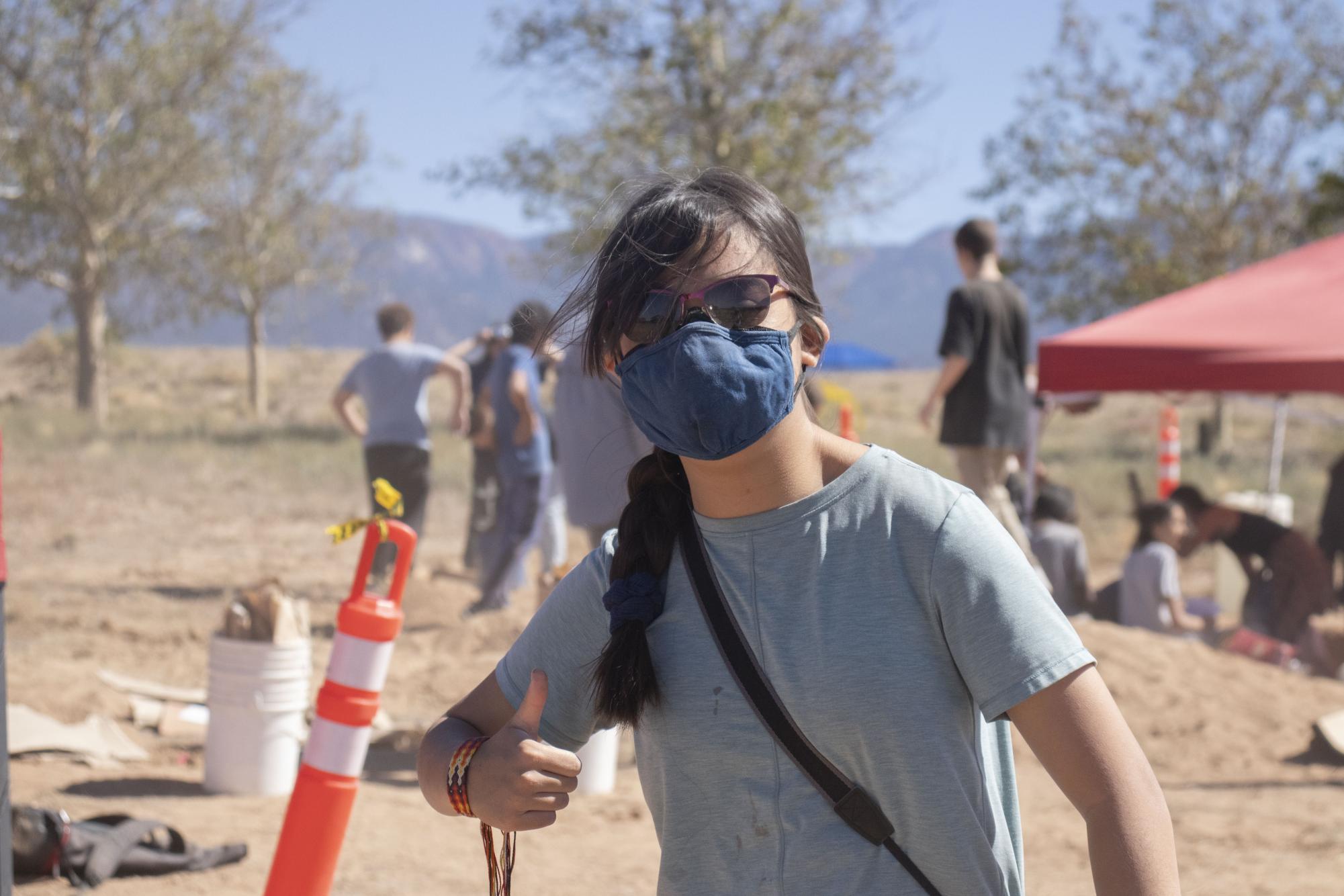
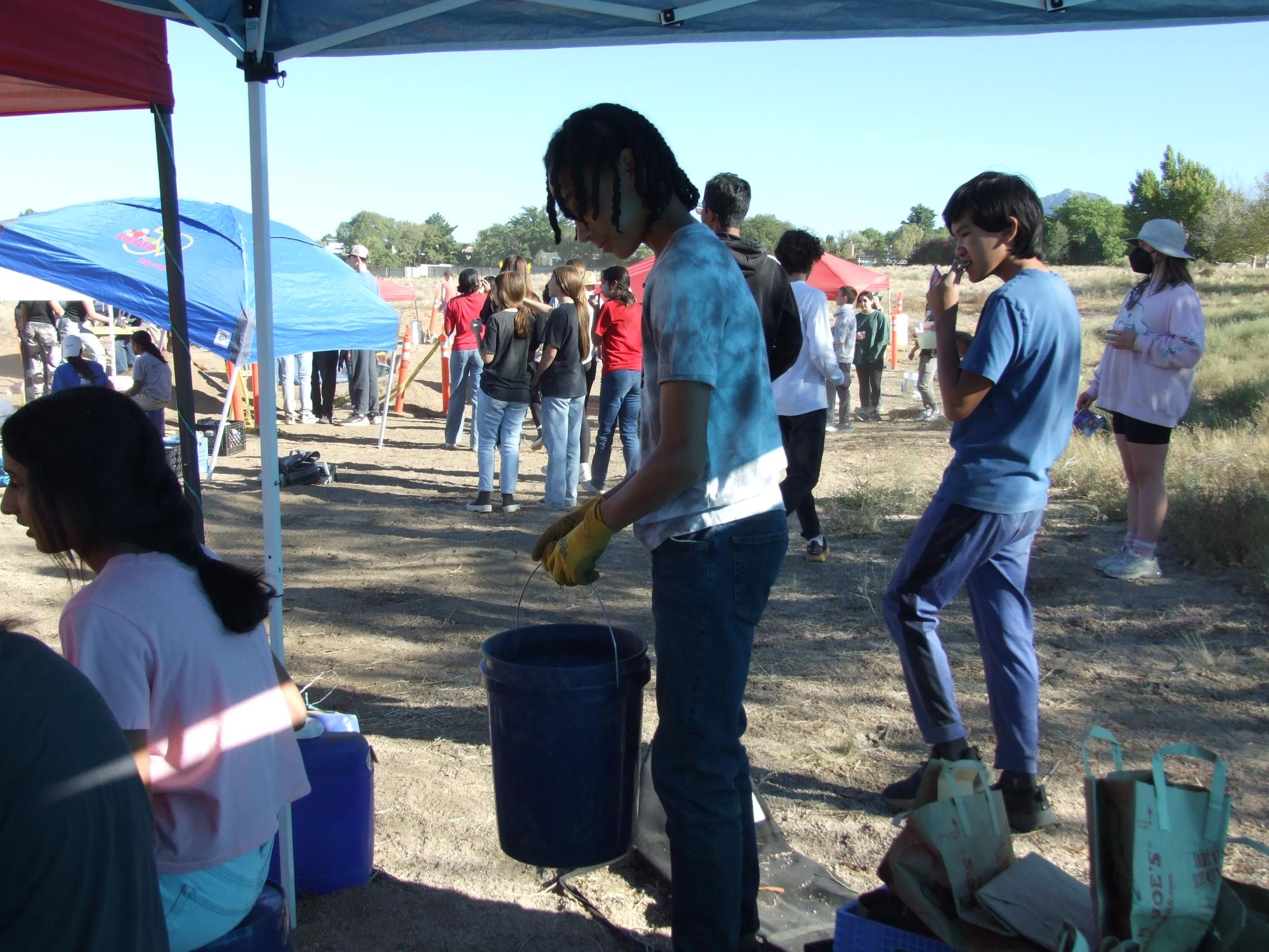
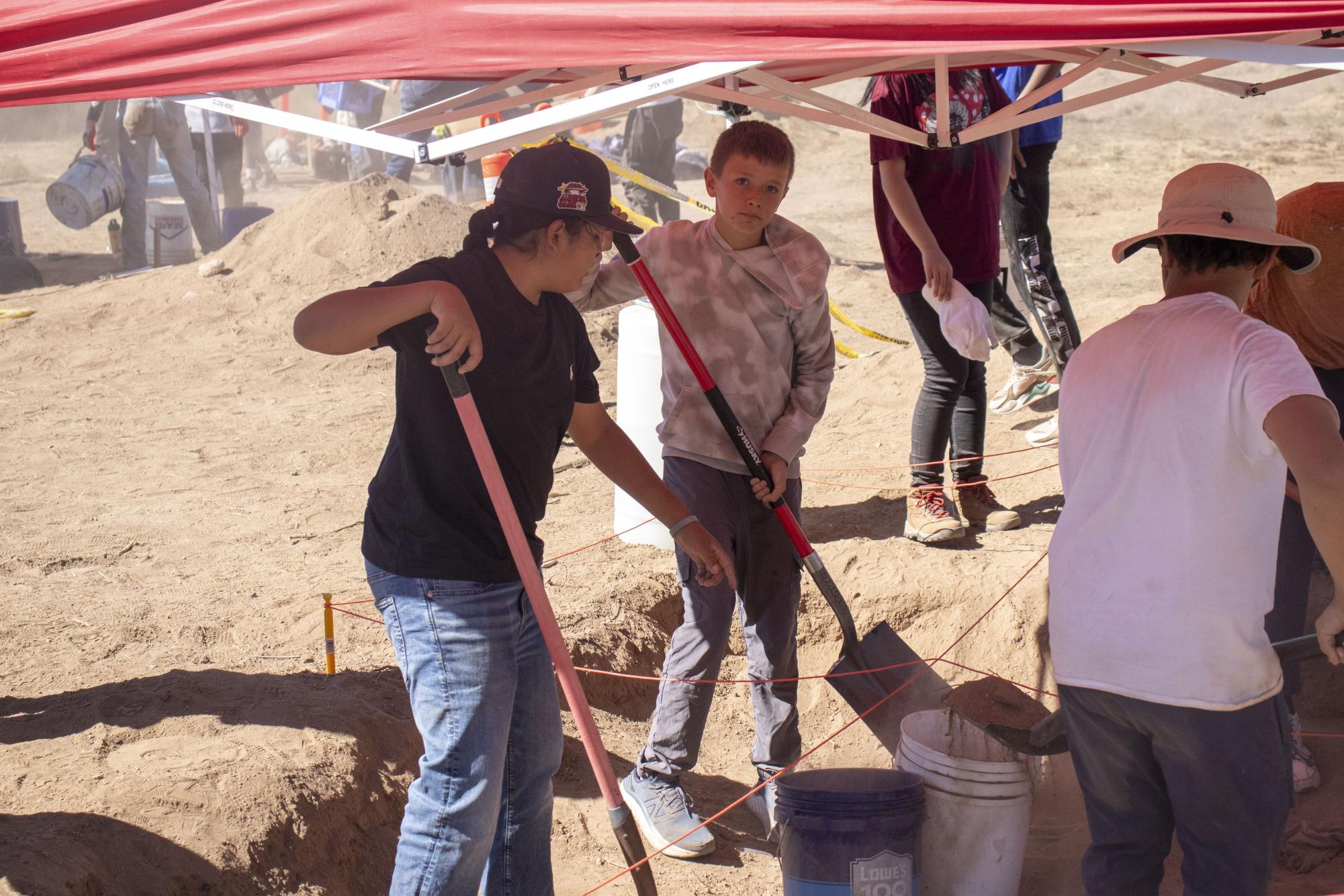
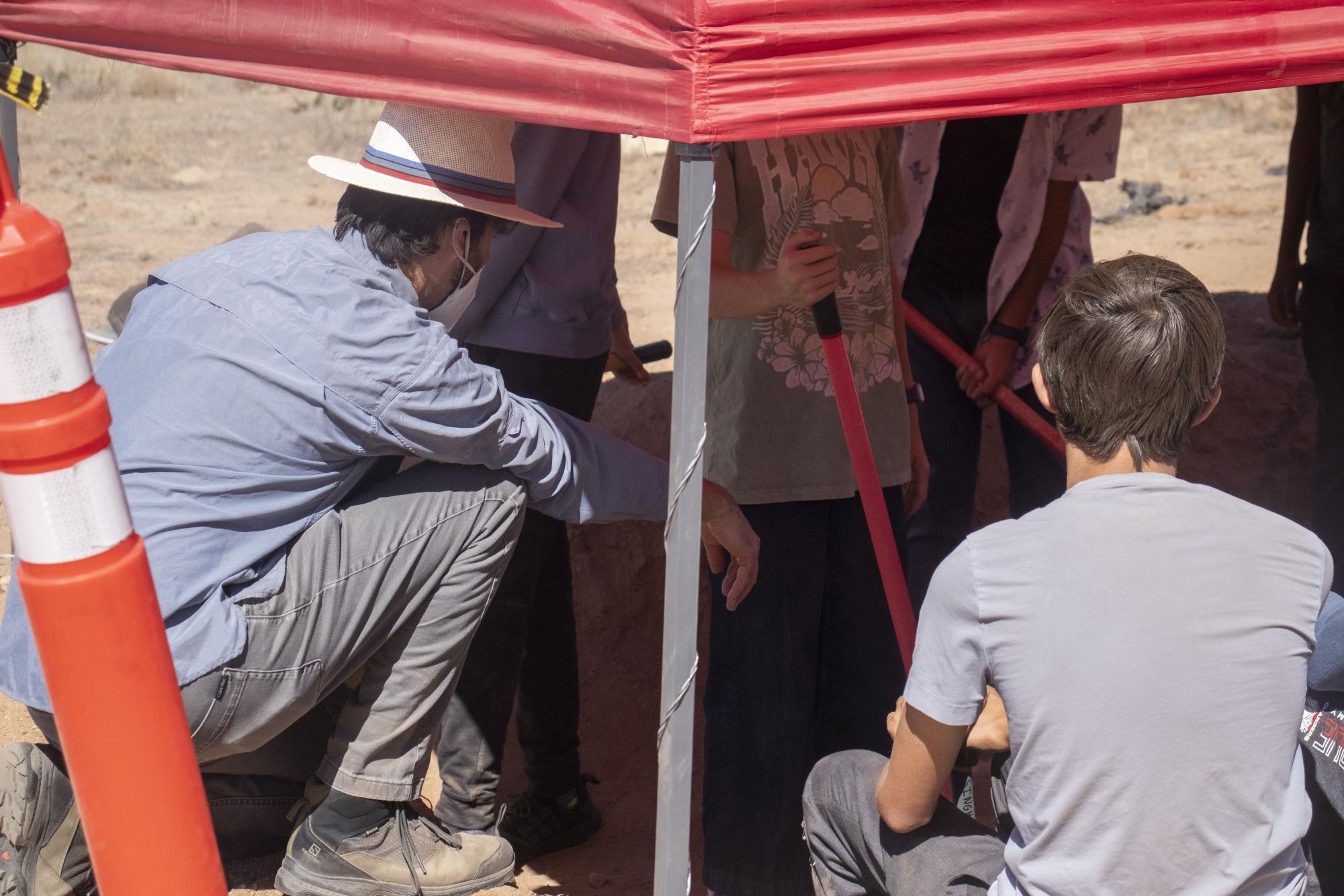
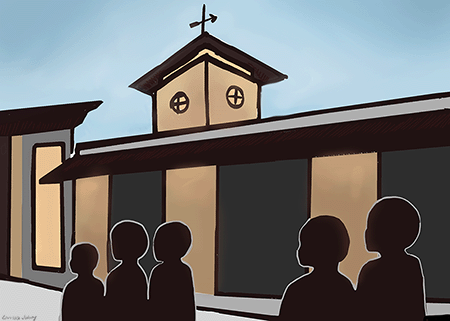
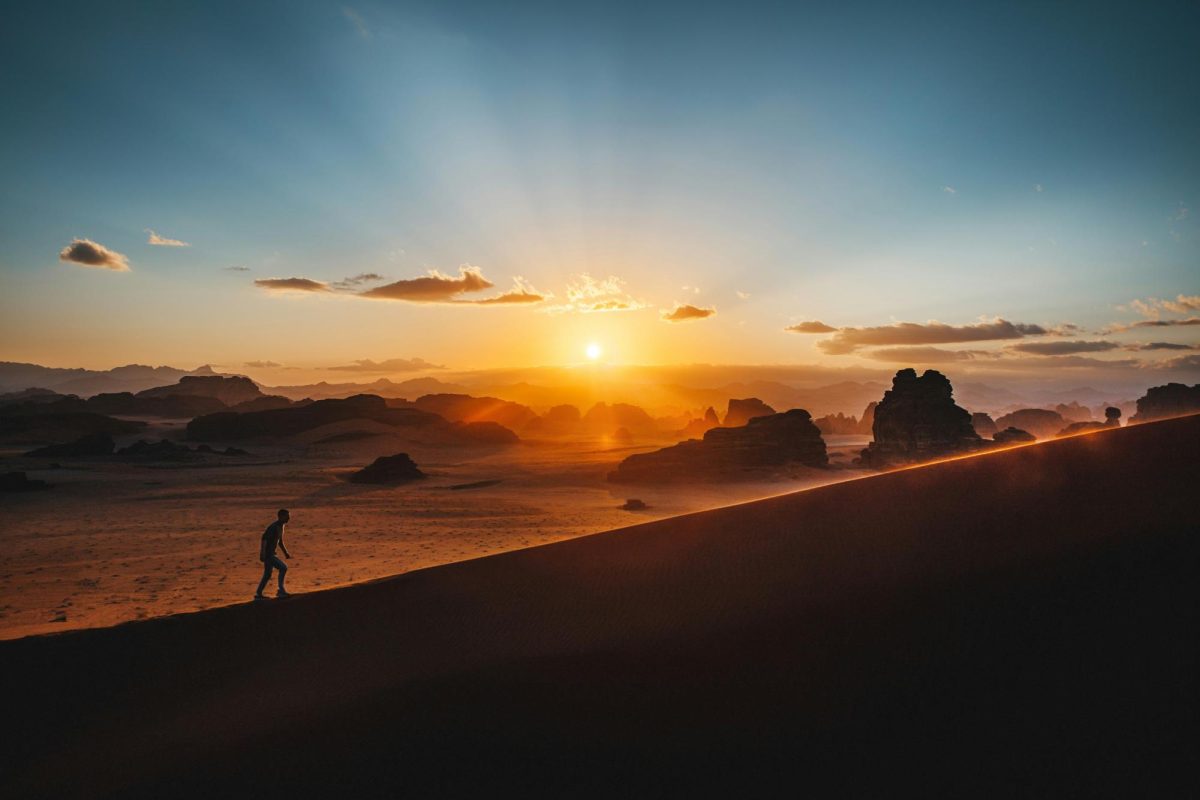
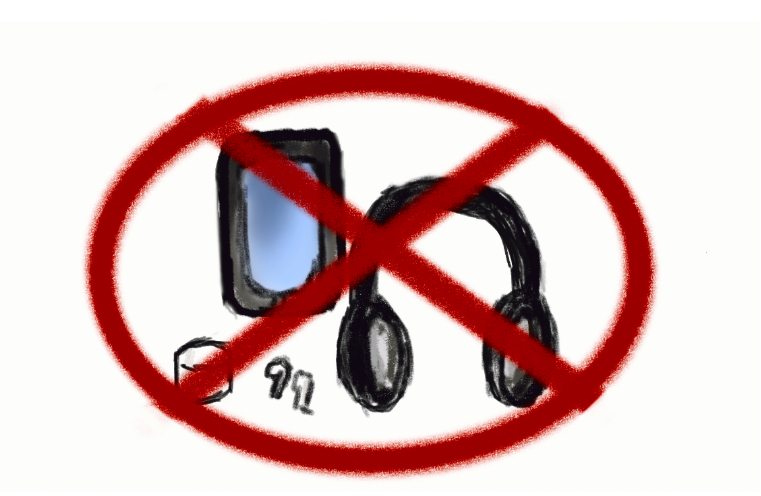

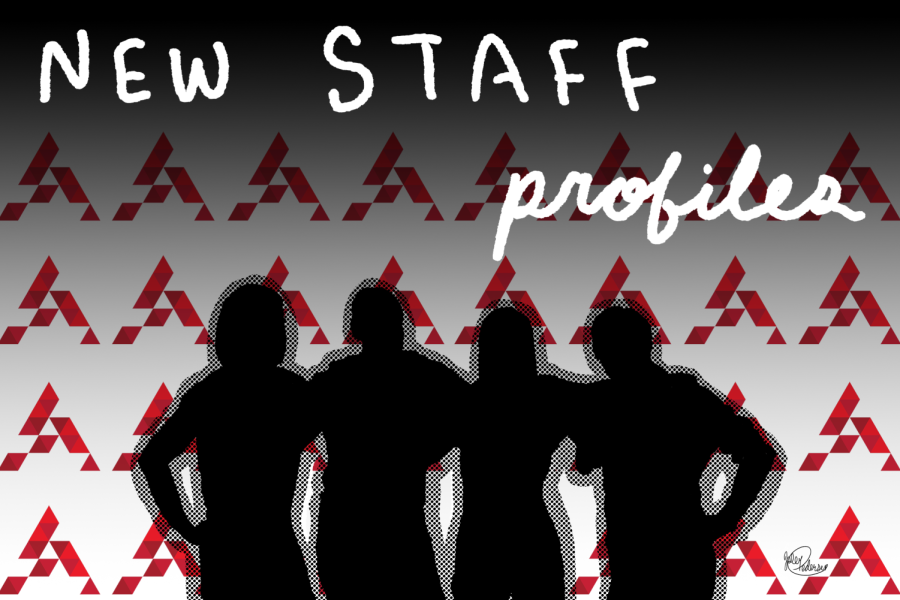
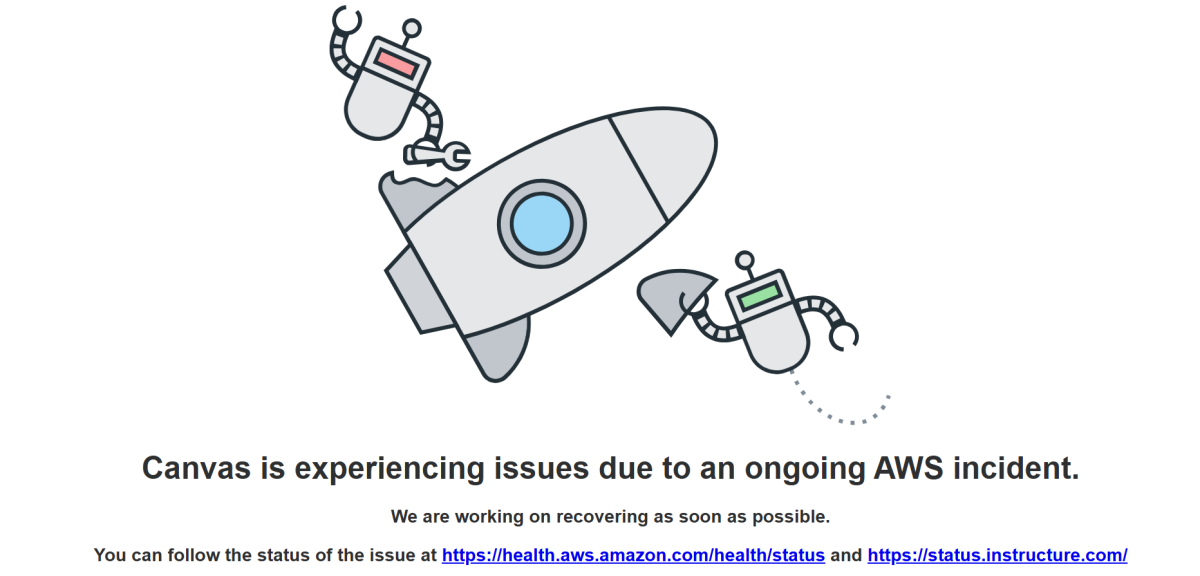
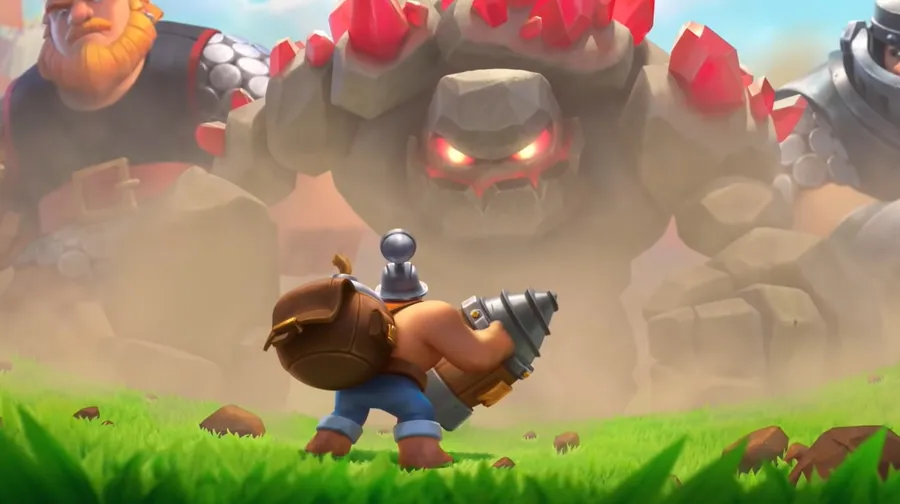
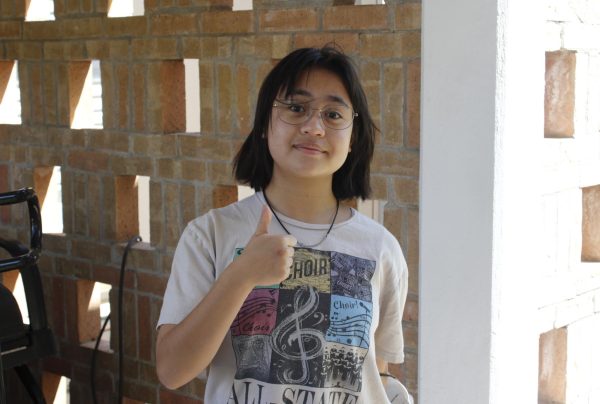
Cathy Lydon • Oct 31, 2023 at 8:10 am
Thanks for a superb write-up on the DIG! Well done 🙂